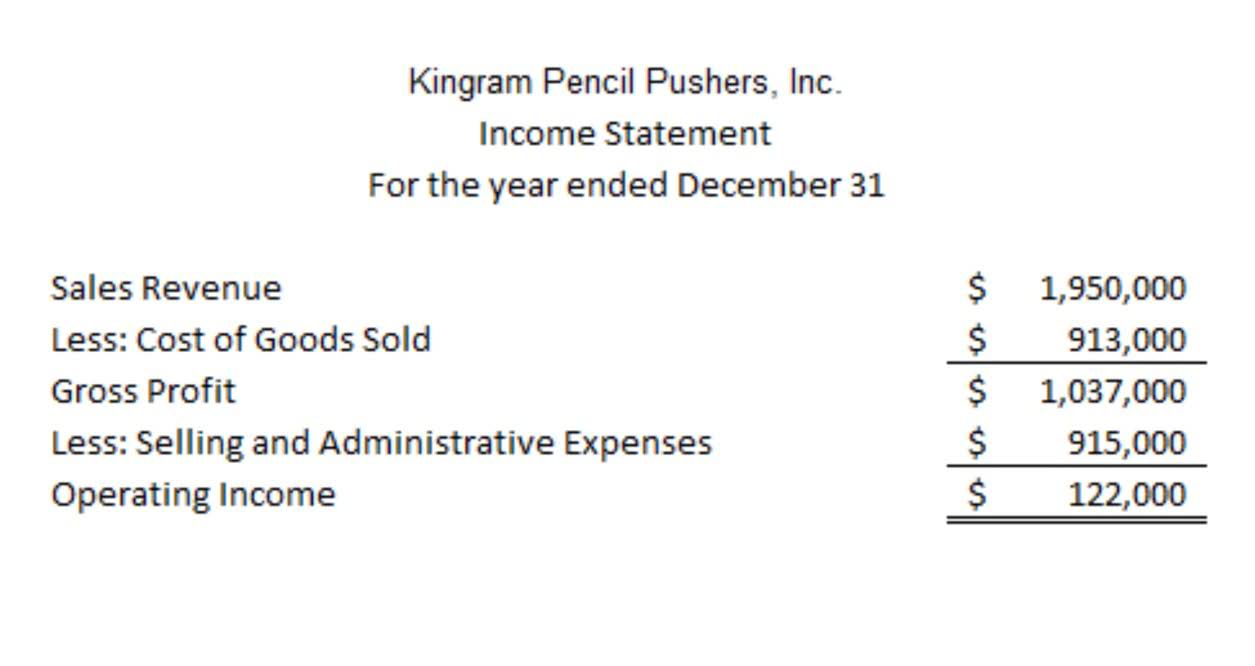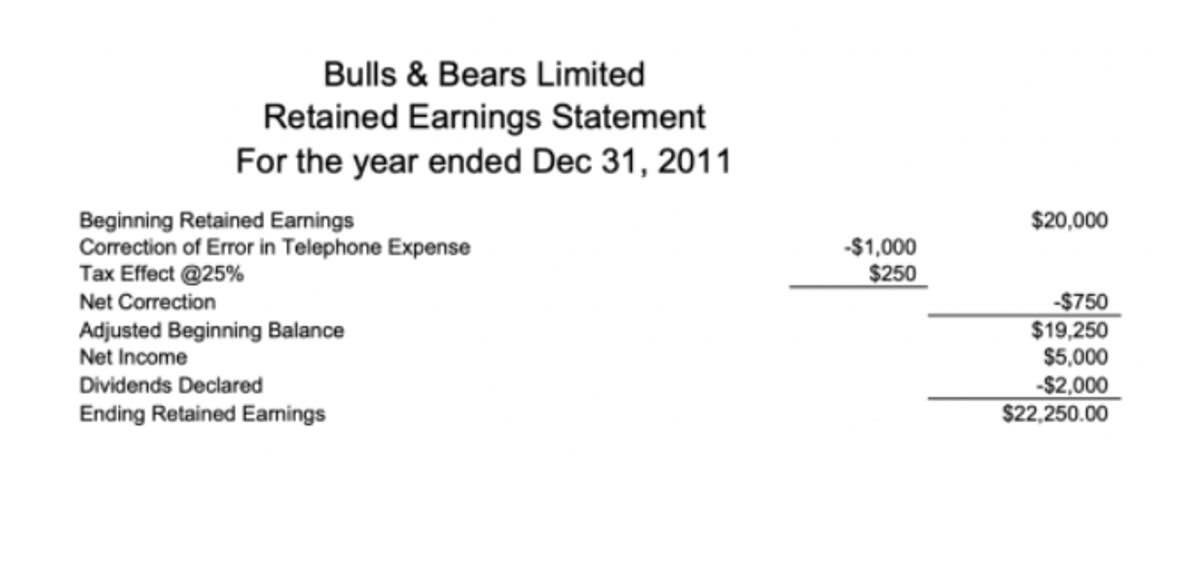Content

The policies are intended to cover not only its property and products but also to protect its workers. Unexpired premiums should be listed as prepaid insurance, which is listed in an asset account. Upon paying for a prepaid expense, enter a basic entry in the general accounting journal to reflect the payment made. For example, if you pay $6,000 for your company’s insurance premium for six months, note this payment in your prepaid insurance account . Nearly every company will have one or several prepaid expenses due to how certain goods and services are sold. For example, insurance policies are typically always expensed ahead of time to safeguard against future and unexpected happenings.
What financial statement is prepaid insurance on?
Prepaid insurance is considered a business asset, and is listed as an asset account on the left side of the balance sheet.
If the retailer has incurred some insurance expense but has not yet paid the premiums, the retailer should debit Insurance Expense and credit Insurance Premiums Payable. Insurance expense is the charge that a company takes on for the insurance policy or policies it wants to protect itself and its workers. The agreement is that, as the policyholder, the company pays premiums on the policies. The policies are designed to protect the company – and employees – from anything adverse that might happen. The good news for companies about such types of insurance is that they can be deducted from tax liability as a business expense.
Property/Liability/Casualty Insurance
Joint-Life Annuity – an annuity contract that ceases upon the death of the first of two or more annuitants. Investment Income Due – investment income earned and legally due to be paid to the reporting entity as of the reporting date. Investment Income Accrued – investment income earned as of the reporting date but not legally due to be paid to the reporting entity until subsequent to the reporting date. This line also includes instrumentalities of transportation and communication, such as bridges, tunnels, piers, wharves, docks, pipelines, power and phone lines, and radio and television towers. Independent Contractor – an individual who is not employed for a company but instead works for themselves providing goods or services to clients for a fee.
- If your company applies, it will allow you to offer flexible medical and/or dental coverage.
- If the online tax preparation or tax software makes an arithmetic error that results in your payment of a penalty and/or interest to the IRS that you would otherwise not have been required to pay, H&R Block will reimburse you up to a maximum of $10,000.
- Other companies – like Lincoln Heritage – have a 1-page application and no medical exam is required.
- Only life insurance companies engaged in the direct sale of individual life insurance policies or annuity contracts are subject to the expense allowance limitations prescribed in Insurance Law § 4228.
- As a percent of net premiums written ($88.9 billion in 2018).
If you discover an error in the H&R Block tax preparation software that entitles you to a larger refund , we will refund the software fees you paid to prepare that return and you may use our software to amend your return at no additional charge. While you can deduct the cost of your car insurance premiums, they are just one of the many items that you can include as part of using the “actual car expenses” method. Variable Universal Life – combines the flexible premium features of universal life with the component of variable life in which excess credited to the cash value of the account depends on investment results of separate accounts. The policyholder selects the accounts into which the premium payments are to be made. Underwriting – the process by which an insurance company examines risk and determines whether the insurer will accept the risk or not, classifies those accepted and determines the appropriate rate for coverage provided. Statutory Accounting Principles – a set of accounting principles set forth by the National Association of Insurance Commissioners used to prepare statutory financial statements for insurance companies. Retention Limit – maximum amount of medical and hospital expense an insurer will carry on its own.
Variable Annuity – an annuity contract under which the premium payments are used to purchase stock and the value of each unit is relative to the value of the investment portfolio. Unearned Premium Reserve – all premiums received for coverage extending beyond the statement date; appears as a liability on the balance sheet. Title Insurance – coverage that guarantees the validity of a title to real and personal property. Buyers of real and personal property https://www.bookstime.com/ and mortgage lenders rely upon the coverage to protect them against losses from undiscovered defects in existence when the policy is issued. Third Party – person other than the insured or insurer who has incurred losses or is entitled to receive payment due to acts or omissions of the insured. Term Insurance – life insurance payable only if death of insured occurs within a specified time, such as 5 or 10 years, or before a specified age.
Health Insurance and the Expense Ratio
This will make benefits management at your company easier for HR and the benefits coordinator. Be aware that agile, newer insurance providers are more likely to provide a customized experience with on-staff benefits advisors to answer your questions thoroughly. Other options to research are third-party brokers and Professional Employer Organizations .

Prepaid rent is an asset because the prepaid amount can be used in the future to reduce rent expense when incurred. Insurance is an excellent example of a prepaid expense, as it is always paid for in advance. If a company pays $12,000 for an insurance policy that covers the next 12 months, then it would record a current asset of $12,000 at the time of payment to represent this prepaid amount. In each month of the 12-month policy, the company would recognize an expense of $1,000 and draw down the prepaid asset by this same amount. Prepaid expenses are first recorded in the prepaid asset account on the balance sheet as a current asset .
Purpose of Liability Insurance
When there is a payment that represents a prepayment of an expense, a prepaid account, such as Prepaid Insurance, is debited and the cash account is credited. This records the prepayment as an asset on the company’s balance sheet. An amortization schedule that corresponds to the actual incurring of the prepaid expenses or the consumption schedule for the prepaid asset is also established. Prepaid expenses are future expenses that are paid in Insurance Expense advance, such as rent or insurance. On the balance sheet, prepaid expenses are first recorded as an asset. As the benefits of the assets are realized over time, the amount is then recorded as an expense. Preferred Provider Organization – arrangement, insured or uninsured, where contracts are established by Health Plan Companies (typically, commercial insurers, and, in some circumstances, by self-insured employers) with health care providers.
- Auto Liability – coverage that protects against financial loss because of legal liability for motor vehicle related injuries or damage to the property of others caused by accidents arising out of ownership, maintenance or use of a motor vehicle .
- Invest in your future by unifying and automating accounting work.
- Payroll, unemployment, government benefits and other direct deposit funds are available on effective date of settlement with provider.
- This translates to five months of insurance that has not yet expired times $400 per month or five-sixths of the $2,400 insurance premium cost.
- In the event of low claims, you may receive a credit towards next year’s premiums.
An allowable expense under the Provider Relief Fund must be used to prevent, prepare for, and respond to coronavirus. PRF recipients must follow their basis of accounting (e.g., cash, accrual, or modified accrual) to determine expenses. The cited expenses, as well as losses, must not have been reimbursed from other sources and other sources must not be obligated to reimburse them. H&R Block online tax preparation and Tax Pro Review prices are ultimately determined at the time of print or e-file. Receive 20% off next year’s tax preparation if we fail to provide any of the 4 benefits included in our “No Surprise Guarantee” (Upfront Transparent Pricing, Transparent Process, Free Audit Assistance, and Free Midyear Tax Check-In).
Recruiting and Retaining Personnel
High or low risk candidates may qualify for extra or discounted rates based on their deviation from the standard. Residual Market Plan – method devised for coverage of greater than average risk individuals who cannot obtain insurance through normal market channels. Renewable Term Insurance – insurance that is renewable for a limited number of successive terms by the policyholder and is not contingent upon medical examination. Premiums Earned – the portion of premium for which the policy protection or coverage has already been given during the now-expired portion of the policy term. Pool – an association organized for the purpose of absorbing losses through a risk-sharing mechanism thereby limiting individual exposures. Policyholders Surplus – assets in excess of the liabilities of a company or net income above any monies indebted to legal obligation. Personal Earthquake – earthquake property coverage for personal, family or household purposes.

Together, we provide innovative solutions that help F&A teams achieve shorter close cycles and better controls, enabling them to drive better decision-making across the company. More than 3,900 companies of all sizes, across all industries, trust BlackLine to help them modernize their financial close, accounts receivable, and intercompany accounting processes. Gain global visibility and insight into accounting processes while reducing risk, increasing productivity, and ensuring accuracy. Close the gaps left in critical finance and accounting processes with minimal IT support. To mitigate financial statement risk and increase operational effectiveness, consumer goods organizations are turning to modern accounting and leading best practices. Simply sticking with ‘the way it’s always been done’ is a thing of the past.
Prepaid Insurance
Other Underwriting Expenses – allocable expenses other than loss adjustment expenses and investment expenses. Net Admitted Assets – total of assets whose values are permitted by state law to be included in the annual statement of the insurer. Mortgage Guaranty – insurance that indemnifies a lender for loss upon foreclosure if a borrower fails to meet required mortgage payments.

Continued regulatory changes require significant investment in sales standards, accounting, tax policy, cybersecurity, and privacy protection. Vehicles – vehicle insurance costs provided by Risk Management & Safety are allocated to the chartstrings provided by the department that owns the vehicle based on the type and age of the vehicle. Vehicles older than 8 years are charged for liability coverage only. FCAS works closely with departments to maintain a current list of active vehicles.
As mentioned before, the quantity and nature of amenities offered at a hotel will influence the premiums charged. Obviously, the services and amenities offered at resorts are greater than those provided at extended-stay and limited-service properties. There are better insurance companies for small businesses than the large old-school carriers you’re probably used to.
Make sure you designate the percentages each should receive and verify the information once your policy is issued. You should also notify your beneficiaries of any percentages you’ve put in place to ensure there is no confusion when the time comes.
Such small-small investments may be made via investment in mutual funds, recurring deposits, etc. This is getting famous nowadays than normal insurance cover. On the other hand, if one does not have the discipline to invest on his own, then opting for insurance is cover is better for him. The amount of premium is normally within the budgets of normal earning person & hence, paying the premium is not that difficult. Insurance expense covers the risk of uncertain events in the future. Source of collecting funds– It allows for creating a pool of funds that can be parked at a proper place and create a steady flow of income, which can help cover the catastrophe of the insured person.
What is indirect expenses example?
Indirect costs include costs which are frequently referred to as overhead expenses (for example, rent and utilities) and general and administrative expenses (for example, officers' salaries, accounting department costs and personnel department costs).
Equity Indexed Annuity – a fixed annuity that earns interest or provides benefits that are linked to an external reference or equity index, subject to a minimum guarantee. Encumbrance – outstanding mortgages or other debt related to real estate and any unpaid accrued acquisition or construction costs. Employers Liability – employers’ liability coverage for the legal liability of employers arising out of injuries to employees. This code should be used when coverage is issued as an endorsement, or as part of a statutory workers’ compensation policy. EBNR – Earned but not reported – premium amount insurer reasonably expects to receive for which contracts are not yet final and exact amounts are not definite.
CourseFinancial Accounting (MIS
Calculated on the basis of original cost adjusted, as appropriate, for accrual of discount or amortization of premium and for depreciation. Burglary and Theft – coverage for property taken or destroyed by breaking and entering the insured’s premises, burglary or theft, forgery or counterfeiting, fraud, kidnap and ransom, and off-premises exposure.
- BlackLine solutions address the traditional manual processes that are performed by accountants outside the ERP, often in spreadsheets.
- Anyone concerned about leaving their loved ones unprepared when they pass should consider taking out a life insurance policy on themselves.
- A prepaid expense is an expenditure that a business or individual pays for before using it.
- The average final expense policy costs between $30-$70 a month and depends on your age, sex, health, coverage amount, and life insurance company you choose.
- An example is a tenant who, while occupying another party’s property, through negligence causes fire damage to the property.
It’s time to embrace modern accounting technology to save time, reduce risk, and create capacity to focus your time on what matters most. Retailers are recalibrating their strategies and investing in innovative business models to drive transformation quickly, profitably, and at scale.
Information for Skilled Nursing Facility and Nursing Home Infection Control (NHIC) Providers
Individual Annuities- Deferred Non-Variable – an annuity contract that provides an accumulation based on funds that accumulate based on a guaranteed crediting interest rate or additional interest rate. Individual Annuities – Immediate Variable – an annuity contract that provides for the first payment of the annuity at the end of the fixed interval of payment after purchase. The interval may vary, however the annuity payouts must begin within 13 months. The amount varies with the value of equities purchased as investments by the insurance companies. Health Insurance – a generic term applying to all types of insurance indemnifying or reimbursing for losses caused by bodily injury or illness including related medical expenses. Group Annuities – Immediate Variable – an annuity contract that provides for the first payment of the annuity at the end of the fixed interval of payment after purchase. Financial Statement – balance sheet and profit and loss statement of an insurance company.

